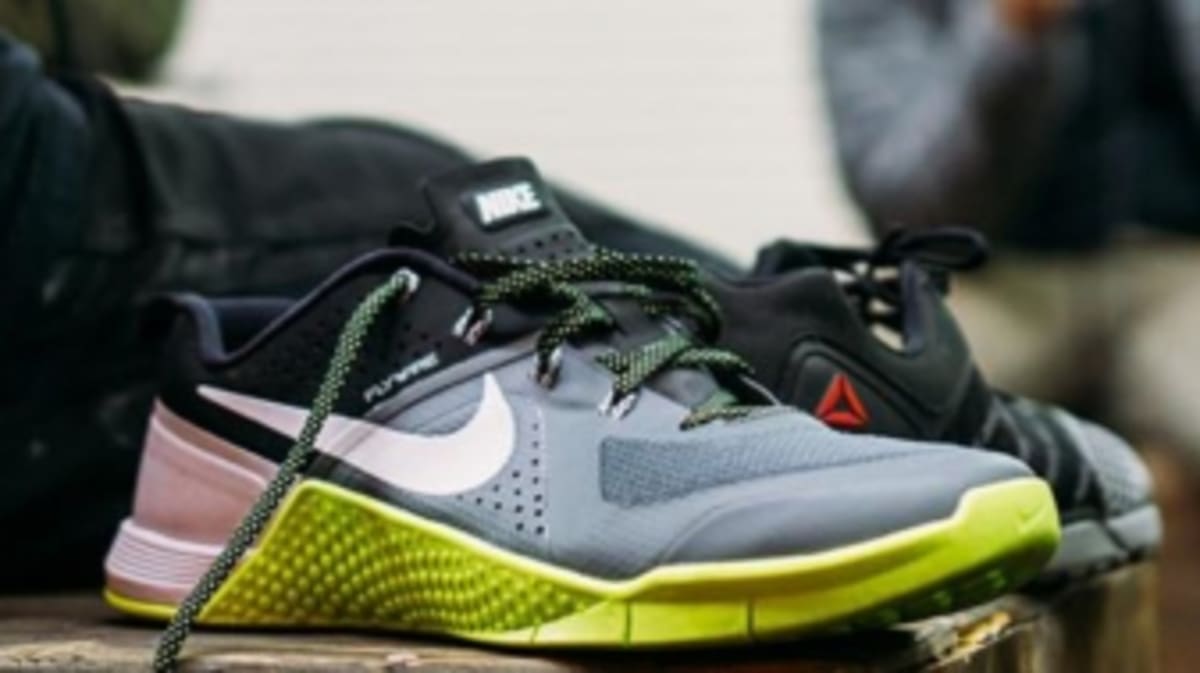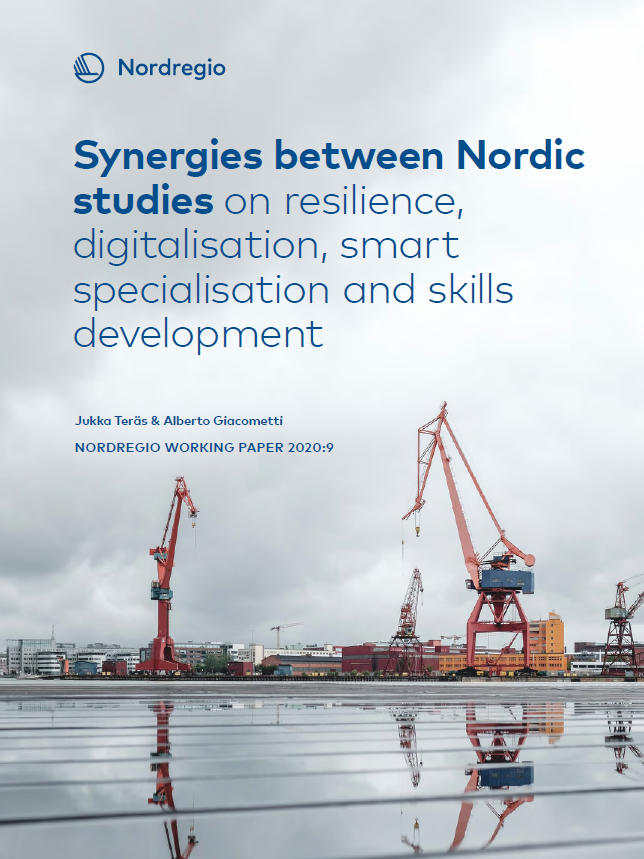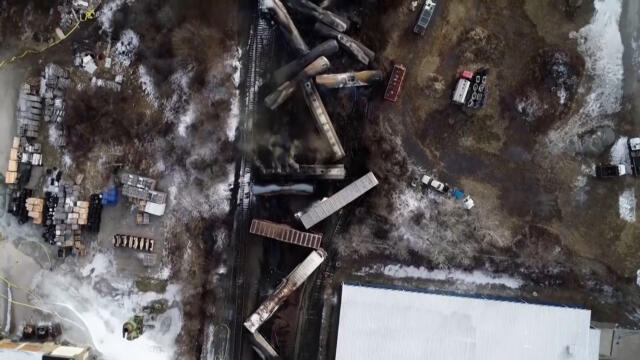Robotic Challenges In Nike Sneaker Production: An In-Depth Look

Table of Contents
Precision and Dexterity Limitations in Robotic Assembly
Sneaker assembly is an intricate process requiring exceptional dexterity and precision. Human workers possess the fine motor skills necessary to handle delicate materials, maneuver small components, and execute complex stitching patterns with accuracy. Replicating these capabilities in robots presents a significant hurdle. Robots currently struggle with tasks that require:
- Manipulating small components: Laces, eyelets, and other tiny parts pose a challenge for robotic grippers, which often lack the necessary finesse.
- Consistent pressure application: Precise pressure control is crucial during gluing and stitching. Inconsistent pressure can lead to poor adhesion, stitching defects, or damage to materials.
- Adaptability to variations: Sneaker materials vary in texture, thickness, and flexibility. Robots need to adapt their approach based on these variations, a capability that is still under development.
Ongoing research focuses on developing more dexterous robotic systems equipped with advanced sensors and artificial intelligence (AI) to address these limitations. The goal is to create robots capable of handling the nuanced demands of sneaker manufacturing with the precision of a skilled human worker.
Integration Challenges with Existing Manufacturing Processes
Integrating robots into established sneaker production lines is a complex undertaking. It requires careful planning and significant modifications to existing infrastructure and workflows. The challenges include:
- High retrofitting costs: Adapting existing factories to accommodate robotic systems is expensive, requiring new infrastructure, safety measures, and specialized tooling.
- Production schedule disruption: Integrating robots inevitably leads to temporary disruptions in production schedules, impacting output and potentially delaying product launches.
- Worker retraining: Human workers need to be retrained to collaborate effectively with robots, requiring investment in training programs and potentially leading to job displacement concerns.
A phased implementation approach, carefully planned and executed, is essential to minimize disruption and maximize the benefits of robotic integration.
Cost and Return on Investment (ROI) Considerations
Implementing robotic systems in sneaker production necessitates a substantial upfront investment. While there's the potential for long-term cost savings through increased efficiency and reduced labor costs, a thorough cost-benefit analysis is crucial before making such investments. Key cost factors include:
- High initial robot purchase price: Advanced robots with the necessary dexterity and precision are expensive.
- Ongoing maintenance and repair: Robots require regular maintenance and repairs, adding to the overall operational cost.
- Programming and software updates: Programming and software updates are ongoing expenses to maintain optimal performance and adapt to changing needs.
A detailed ROI calculation needs to consider all these factors, balancing the initial investment against the projected long-term savings and efficiency gains.
Quality Control and Error Detection in Robotic Sneaker Manufacturing
Maintaining consistently high quality standards is paramount in sneaker production. While robots can increase efficiency, ensuring error-free manufacturing requires sophisticated quality control mechanisms. Challenges include:
- Advanced vision systems: Implementing robust vision systems and sensors is crucial for detecting defects in real-time.
- Defect identification algorithms: Developing algorithms capable of accurately identifying and classifying different types of defects is essential.
- Error-handling mechanisms: Robust error-handling mechanisms are needed to prevent defective products from reaching the market.
A hybrid approach, combining robotic automation with human oversight, is often the most effective way to guarantee quality while leveraging the speed and efficiency of robotic systems.
The Future of Robotics in Nike Sneaker Production: Opportunities and Innovations
Despite current challenges, the future of robotics in Nike sneaker production is bright. Emerging technologies offer significant opportunities to overcome existing limitations:
- Adaptive robotic arms: Advancements in robotics are leading to more adaptive and flexible robotic arms capable of handling a wider range of materials and tasks.
- Improved sensor technology: Enhanced sensor technology will improve robots' precision, dexterity, and ability to adapt to variations in materials.
- AI-powered quality control: AI and machine learning can revolutionize quality control, enabling predictive maintenance and more accurate defect detection.
These innovations promise to improve efficiency, reduce costs, enhance product quality, and ultimately reshape the landscape of sneaker manufacturing.
Conclusion: Overcoming Robotic Challenges in Nike Sneaker Production
The integration of robotics into Nike sneaker production presents significant challenges related to precision, integration complexities, cost considerations, and quality control. However, ongoing research and development in robotic technology, AI, and machine learning are paving the way for overcoming these hurdles. Understanding the complexities of Robotic Challenges in Nike Sneaker Production is crucial for the future of the industry. Continue your exploration of these advancements by researching the latest innovations in robotic assembly and AI-powered quality control.

Featured Posts
-
 Swedens Tanks Finlands Troops A Look At The Pan Nordic Defense Force
Apr 22, 2025
Swedens Tanks Finlands Troops A Look At The Pan Nordic Defense Force
Apr 22, 2025 -
 Assessing The Pan Nordic Force The Synergies Between Swedish Tanks And Finnish Troops
Apr 22, 2025
Assessing The Pan Nordic Force The Synergies Between Swedish Tanks And Finnish Troops
Apr 22, 2025 -
 Months Long Lingering Of Toxic Chemicals After Ohio Train Derailment
Apr 22, 2025
Months Long Lingering Of Toxic Chemicals After Ohio Train Derailment
Apr 22, 2025 -
 Open Ai Facing Ftc Investigation Concerns Over Chat Gpts Data Practices And Ai Safety
Apr 22, 2025
Open Ai Facing Ftc Investigation Concerns Over Chat Gpts Data Practices And Ai Safety
Apr 22, 2025 -
 The Passing Of Pope Francis A Global Loss
Apr 22, 2025
The Passing Of Pope Francis A Global Loss
Apr 22, 2025
